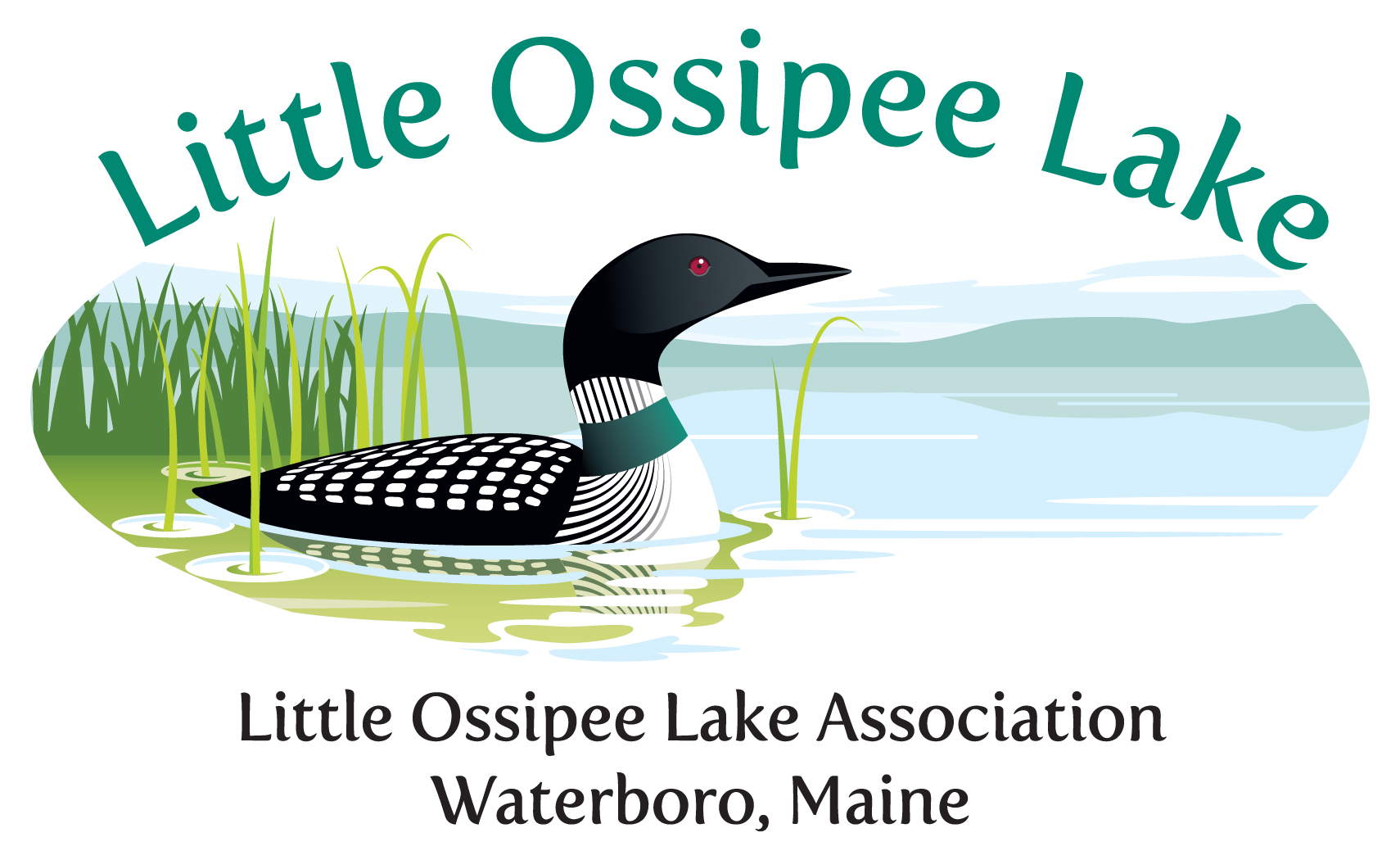
Japanese Knotweed has been seen around the shorelines of Little Ossipee and it is fast growing, extremely adaptable, and characterized by the Maine Department of Agriculture, Conservation, and Forestry as “severely invasive.” It’s notoriously difficult to kill, and so hardy it’s been known to grow through asphalt, concrete, and even the solid foundations of homes.
Knotweed, which looks like bamboo but is actually a member of the grass family, is really good at reproducing. It spreads aggressively, sprouting from rhizomes that can be 30 feet long and grow deep underground. It doesn’t take long for it to form a dense, tall thicket that chokes out native plants. It thrives in wet areas, and is especially worrisome along streams and rivers.
Because we are on the water, we want to avoid the use of herbicides to try to contain Japanese Knotweed. You may want to try the grow and cut technique or smothering. Not only does such an approach eliminate the need for chemicals, but there are also no soil disturbance/erosion issues.
To use the grow and cut technique, use the following guidelines:
Small patches of knotweed can be eradicated with repeated and persistent mowing or weed trimming. The patches must be mowed or cut twice a month between April and August, and then at monthly intervals until frost. When using a hand pruner, lopper, or weed eater, cut the stalks as close to the ground as possible. Do not let the regrowth exceed six inches before again cutting to the ground. Stack the cut stalks away from moist ground, so they will dry out and not root. When using a weed eater, ensure that scattered plant parts do not land in moist areas where they can take root.
To use the smothering technique, use the following guidelines:
- Allow the knotweed to grow in the spring without attempting to control it.
- Cut the knotweed at the base and close to the ground around the first week in June. (This helps to weaken the root system.)
- Pile the cut stems on an impervious surface such as a tarp, plastic, pavement, etc., so the stems can dry out. (After turning brown the stems can be composted).
- Apply a layer of mulch, grass clippings, or other cushiony material over the sharp cut stems to prevent them from puncturing the plastic.
- Cover the entire area with the biggest heavy-duty dark colored plastic (7mil thick), tarp, or heavy duty weed fabric you can find. If more than one piece is used make sure to overlap the seams by about 2 feet. Also, make sure the cover material extends at least 5-10 feet beyond the limit of knotweed in all directions.
- Weight the top of the tarp/plastic, and seal the edges with rocks, sticks, soil, sand, mulch, wood chips, etc. Do not puncture the tarp/plastic
as this can allow knotweed stems to survive. If there are any tears or holes, patch them. Covering with wood chips or mulch does several things: improves the visual aesthetics; blocks UV rays from the sun, which photo-degrades plastic; and insulates it from cold temperatures so it doesn’t crack. - After 5 years, the covering material can be removed and the area replanted. Although this method may take a while, it has been very successful in sensitive areas here in New England.
